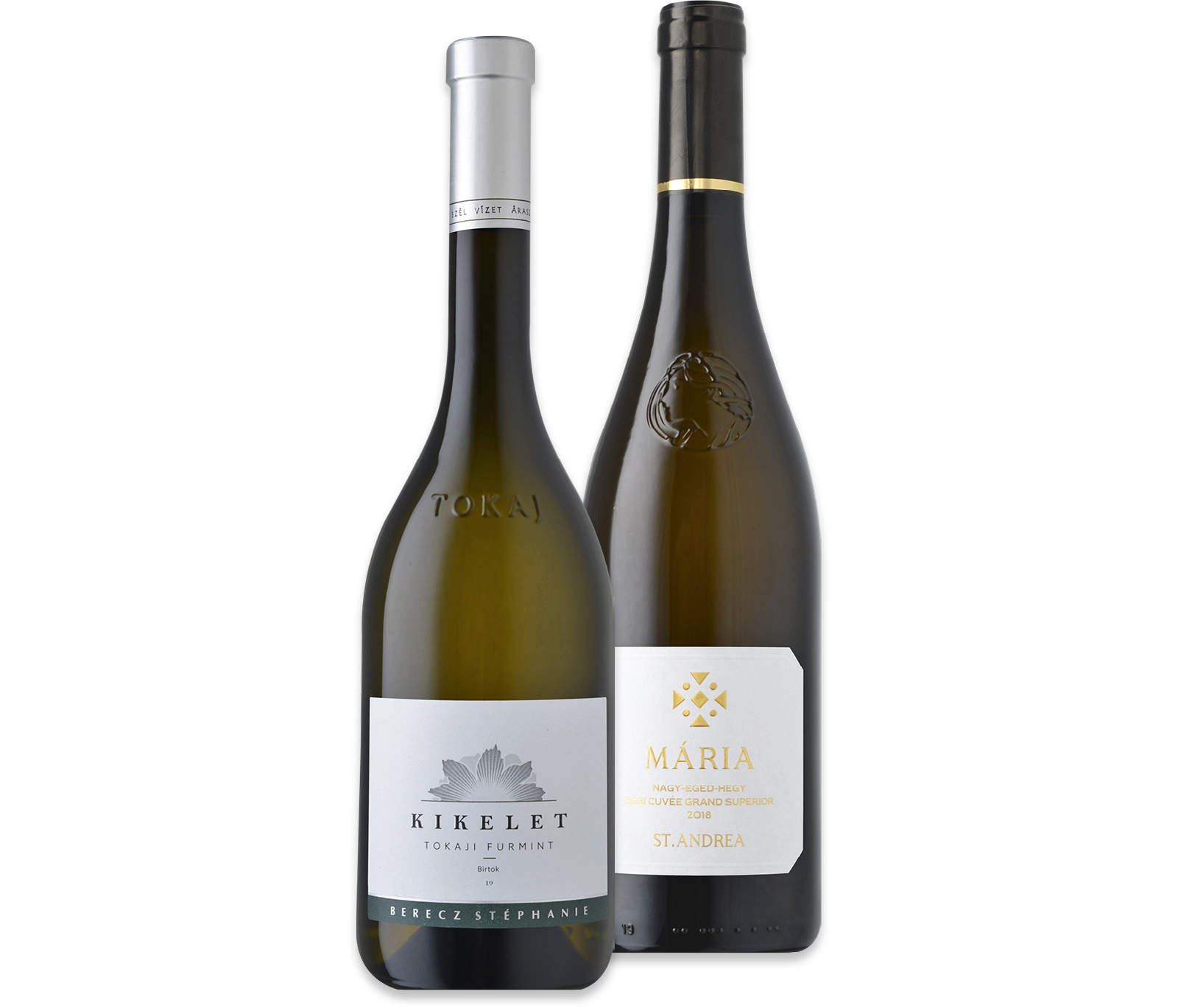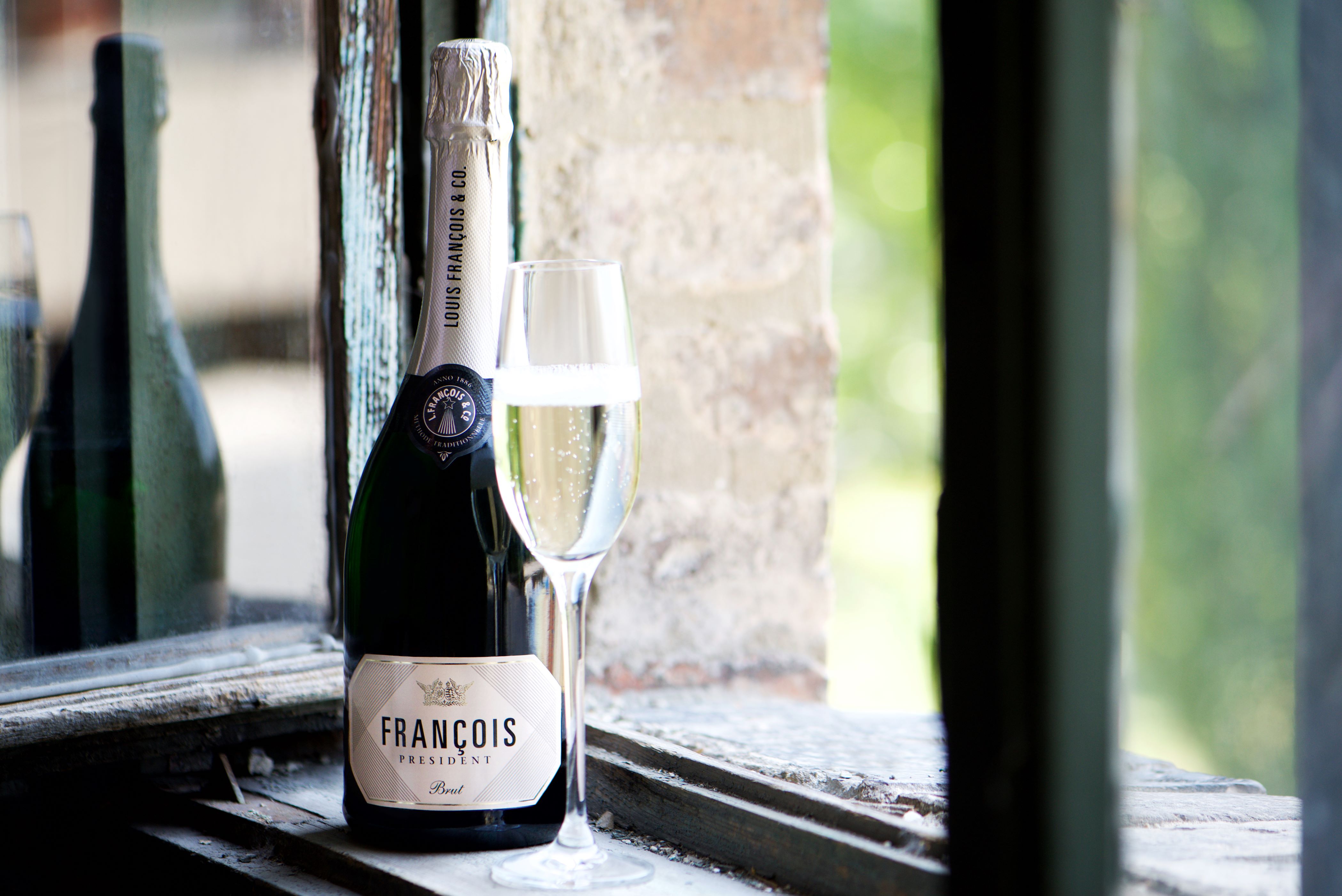Furmint Facts and Thrills From the Grand Tasting

Exterior of the Hagyományok Háza, or the House of Traditions in English, the former Budai Vigadó in Budapest.
Photo by Botond Horvath / Shutterstock.com
The main centerpiece tasting of Furmint February, which was postponed once again this year due to COVID, was transformed into the Furmint Nagykóstoló [Grand Tasting] 2022 and held at the beautifully restored Hagyományok Háza on Corvin tér in Buda’s District I, on May 19.
This was the building where I learned my first Hungarian words and taught English back in the early-mid 1990s. Back then, like the building itself, which oozed faded Old World charm but had seen better days, Hungarian wine was down and trying to pick itself up after decades of the communist system’s quantity-over-quality approach and other historical shocks. In the years since, Hungarian wine has been transformed and hit new heights, with Furmint very much to the fore.
Hagyományok Háza, or the House of Traditions in English, provided the ideal setting to showcase the Furmint grape, which has come on leaps and bounds in recent years. It has only really been made as a high-end dry wine in its principal region of Tokaj-Hegyalja for just over two decades.
“I’ve not had a bad wine,” uttered one of my wine writing colleagues, and I agreed with him. I recall early Furmint February events being a bout of palate pugilism against searing acidity, high alcohol, and overuse of oak in an attempt to dig out a few gems. Now, it was one good to great wine after another.
Furmint fanatic and winemaker Zoltán Szabó, who earlier worked at the Research Institute of Viticulture and Enology of the University of Pécs, and has his own bijou winery in the Pécs wine region, revealed some interesting Furmint-related stats in a presentation at a pre-tasting for the press.
While the grape variety is present in other countries in the region, Hungary leads the way with 3,605 hectares (8,908 acres) of Furmint planted, followed by Slovenia (694 ha/1,715 ac), Croatia (422 ha/1,043 ac), Slovakia (310 ha/766 ac), Austria (26 ha/64 ac), Serbia (less than 10 ha/24 ac) and South Africa (4 ha/ 10 ac), with Romania, Moldova, the United States and, topically, the Crimea region having negligible amounts.

Frenzied Popularity
Within Hungary, Tokaj-Hegyalja has by far the largest area of Furmint under vine with 3,424.4 ha (8,462 ac), followed by Somló with 72.7 ha (180 ac), according to Szabó’s research. Furmint is now made in many Hungarian regions, as growers have planted it as frenzied popularity has gathered, both on the part of consumers and winemakers who love to work with it. In many cases, the grape has been re-introduced to regions where it used to thrive in the period before the phylloxera louse devastated the vineyards of Europe in the late 19th century.
The Furmint grape used to be called Szigeti around Lake Balaton, where it is also making a strong comeback. According to Szabó, the region with the third-highest amount of Furmint is Balatonfüred-Csopak at 28 ha, with the fourth-biggest planting further west on the northern shore at Badacsony with 21.98 ha.
Eger in the northeast of Hungary has the fifth largest plantings at 10.9 ha, then it’s back to Lake Balaton for the sixth and seventh largest: Balaton felvidék (9.61 ha), on the northern side; and Balatonboglár on the southern side. Szabó makes his own rich, structured Furmint in the Pécs region, where he cultivates 800 vines. He estimates that there is 2.4 ha of Furmint in his area.
The volcanic soils of Tokaj-Hegyalja and Somló are the source of really complex Furmints that can differ quite substantially from one vineyard to the next due to the relatively neutral grape’s ability to capture the nuances of individual sites. But equally fabulous Furmints also come from a range of other soils.
The loess soils on the slopes of Tokaj Hill are the source of refined, elegant, and varietally-pure Furmints, such as those made by French winemaker Stéphanie Berecz at the Kikelet winery in Tarcal.
There are also loess soils on the south side of Lake Balaton in the Balatonboglár wine region, where Késa Birtok’s Bori Konyári (daughter of the late János Konyári) makes a ripe, round, fruit-forward Furmint with a tropical touch that brilliantly captures the essence of the sunny southern shore.
Késa’s Furmint vines were planted from cuttings selected from the vineyard of Tokaj legend István Szepsy. The 2020 Késa costs HUF 3,500 from Kesabirtok.hu.
Organic Furmint
On the other side of the lake in Csopak, the organic Szent Donát winery decided to plant Furmint in the marl (márga in Hungarian) and limestone soils up the hill rather than in Permian red sandstone next to the lake, which instead favors the region’s trademark Olaszrizling grape.
Szent Donát winemaker Tamás Kovács ferments and ages the family winery’s Furmint in ceramic eggs, which enables the developing wine to get oxygen through the porous material, which gives the wine structure and complexity. These vessels are neutral and impart no direct influence on the flavor of the wine, unlike oak.
“The ceramic egg gives both the benefits of oak and tank, without the negative sides,” Kovács told the Budapest Business Journal. The adverse effects in this case being the undesired buttery, vanilla character of the oak and the lack of oxygen in a sealed tank.
The Furmint in question, Márga 2020, comes from the Szitahegy, Nagykút, and Hegyalja vineyards, located just below the winery and restaurant. It has delicious lime, pineapple, Williams pear, and quince (a classic Furmint note) on the nose and palate, with a creamy texture from keeping it on the lees. It costs HUF 4,000 HUF www.stdonat.hu.
The Kovács Nimród winery in Eger has its Furmint growing at 350 meters above sea level on the Triassic-age limestone and marl of the steep Nagy-Eged Hill that sits imperiously looking down on the city of Eger. The wine was fermented in stainless steel tanks, then aged in oak barrels for five months on its lees, which were stirred for two of those five months to bring creamy complexity. It is full-bodied, with aromas and flavors of lemon peel, wet stones, barley, and quince, with 15.5% alcohol. It costs HUF 7,380 from wineloverswebshop.hu.
From the same hill, the St. Andrea winery decided to blend its Furmint with Chardonnay in a 40-60 ratio in 2018 to a stunning effect reminiscent of fine white Burgundy. It was fermented and aged in new oak barrels for 14 months and cost HUF 13,200 from Bortársaság.
This article was first published in the Budapest Business Journal print issue of June 3, 2022.
SUPPORT THE BUDAPEST BUSINESS JOURNAL
Producing journalism that is worthy of the name is a costly business. For 27 years, the publishers, editors and reporters of the Budapest Business Journal have striven to bring you business news that works, information that you can trust, that is factual, accurate and presented without fear or favor.
Newspaper organizations across the globe have struggled to find a business model that allows them to continue to excel, without compromising their ability to perform. Most recently, some have experimented with the idea of involving their most important stakeholders, their readers.
We would like to offer that same opportunity to our readers. We would like to invite you to help us deliver the quality business journalism you require. Hit our Support the BBJ button and you can choose the how much and how often you send us your contributions.








